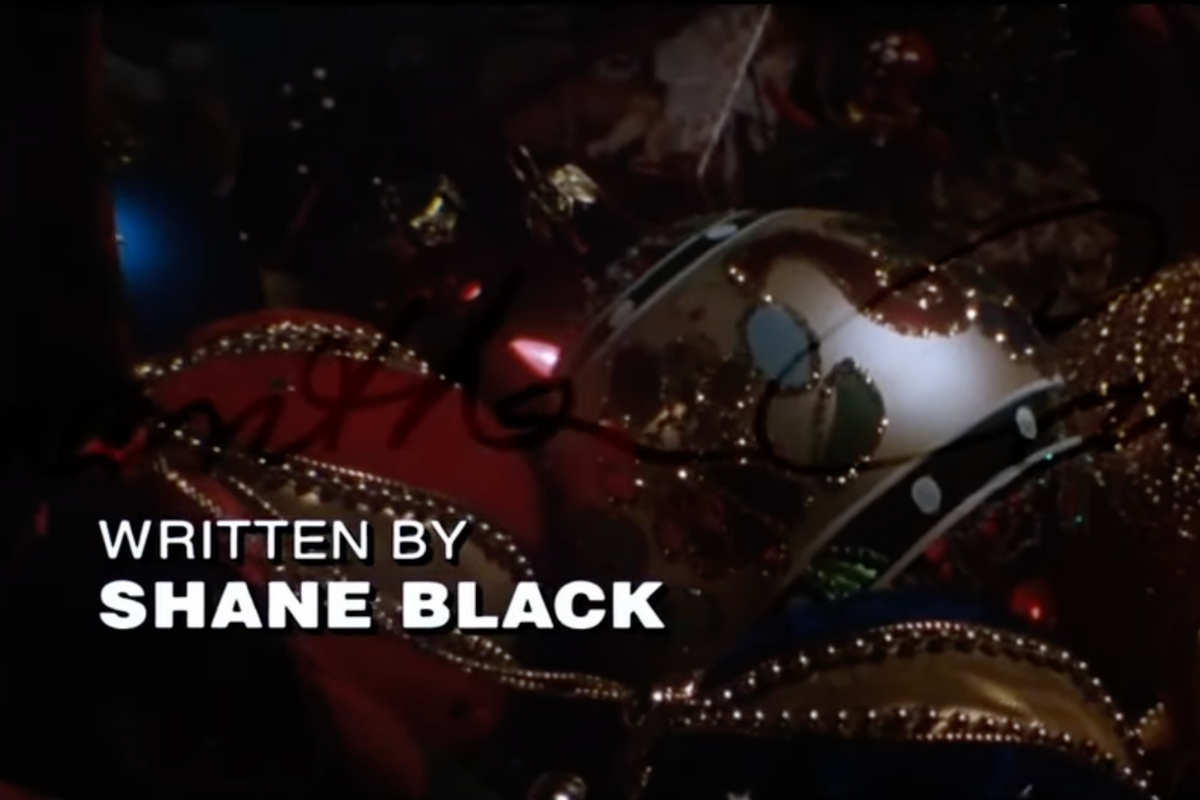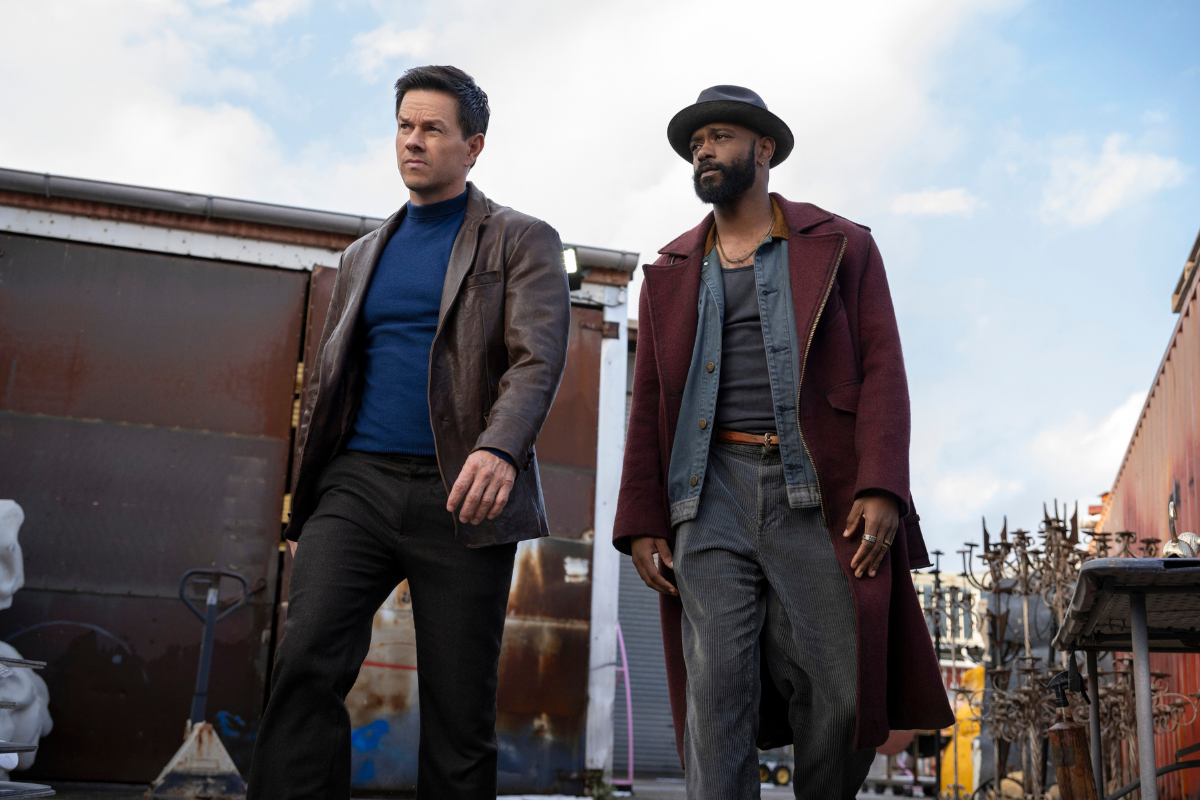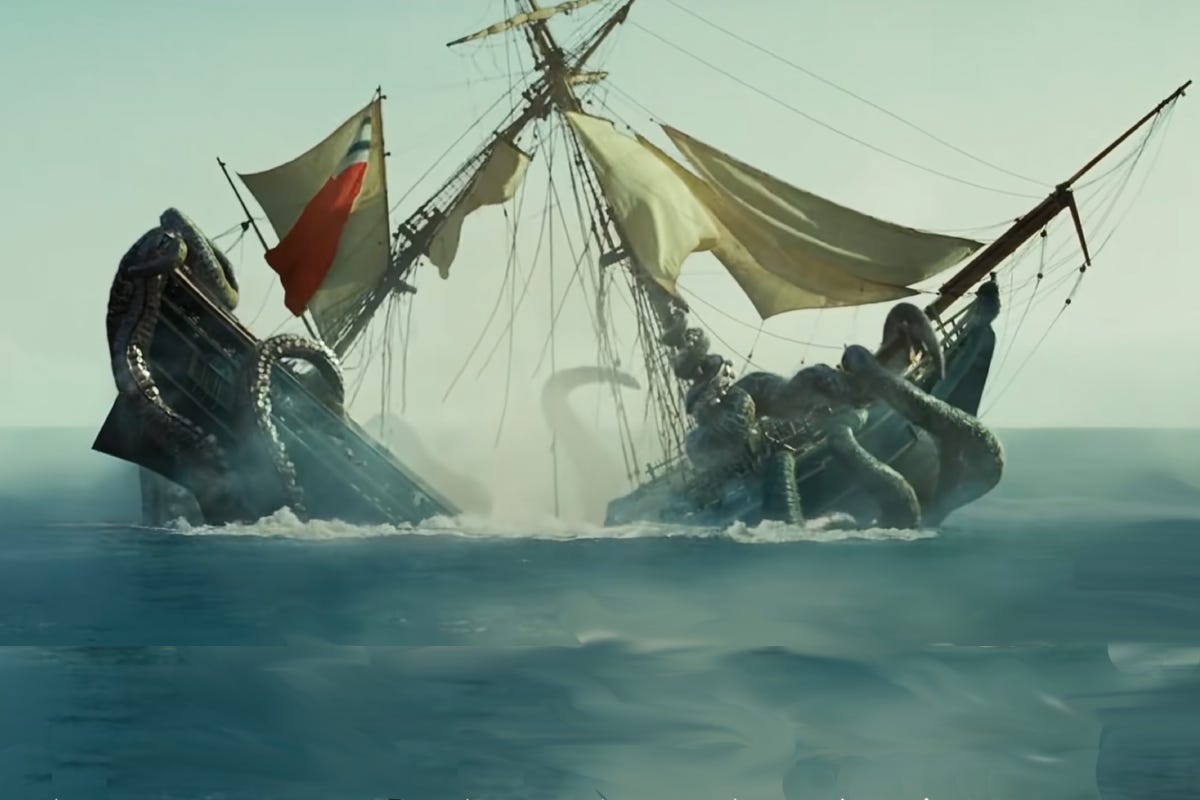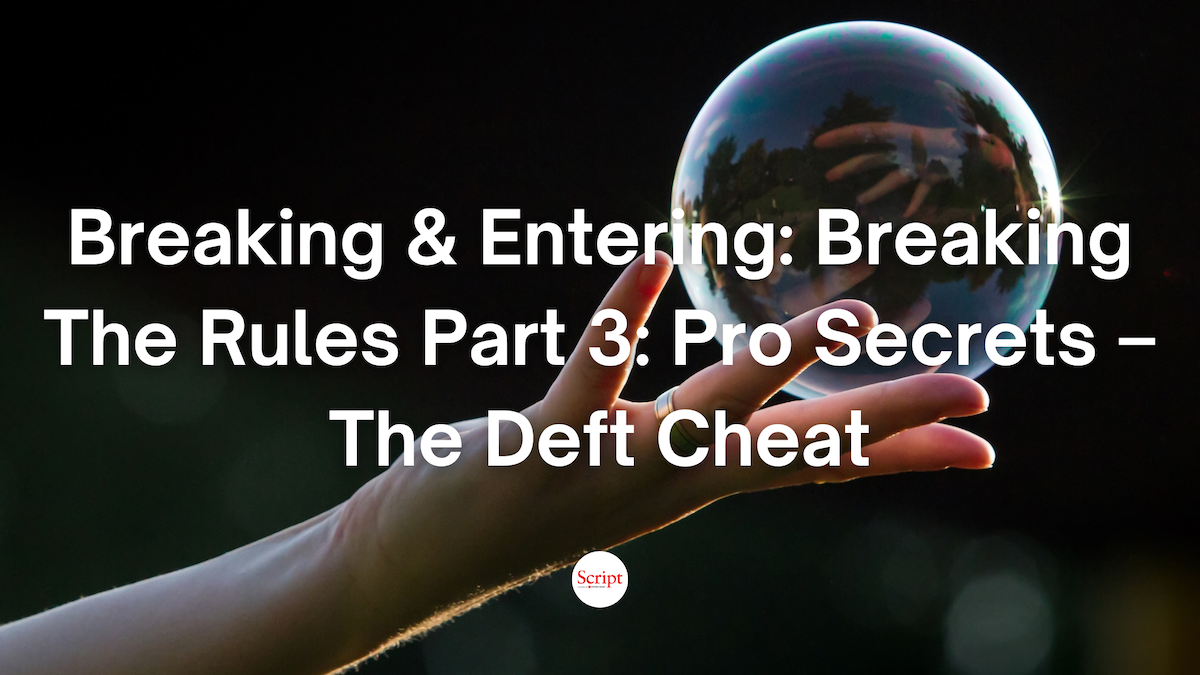What Will Happen Next? The Art of Suspense
Suspense engages us. It puts us in the shoes of the hero. It keeps us on the edge of our seats, desperate to know: “What Will Happen Next?” Discover how to infuse your story – in every genre – with Suspense. Grab the audience’s attention and keep them hanging on until the very end!
I was scheduled to speak at a writers’ conference, but after traveling across country to get there, I got sick. Nevertheless, I persevered.
My talk was about The Seven Essential Elements of Story, one of my favorite subjects. It’s the first topic we take a deep dive into at the start of my Screenwriting Elevated Online Seminar, because that is how important I believe it is to mastering storytelling.
I was feeling a bit wobbly but, thankfully, the conference organizers had found a stool for me. First, I listed the Seven Essential Elements on the whiteboard behind me, then perched on the stool to begin my talk.
It started off well, but as I looked around the audience, while most people were clearly engaged, a few seemed restless, fidgeting, somehow a bit on edge. Unusual, as it’s an interesting talk – an innovative perspective enlivened by story examples.
As I continued, someone raised their hand – stopping me mid-sentence – to ask a question. Only it turned out not to be a question.
They pointed out that when writing the Seven Elements on the board – I had left one out. As soon as they said it, the rest of the people who had been on edge chimed in eagerly. I had listed only six!
Indeed, in my rush to get seated – a better choice than fainting – I had omitted one. I turned to look at the board and, lo and behold, the one that I had omitted was…
Suspense!
At first I was embarrassed, but then I had a realization. By making that mistake, I had inadvertently caused much of the audience to feel anxious. This misstep on my part evoked the audience’s emotions.
Their minds were fixated on: “When will she realize her error? “What will she do?” And perhaps even agonizing, “Should I speak up?” or “What would I do if this happened to me?”
And that is exactly the role that Suspense – when artfully utilized on the page and on the screen – should play in story. It engages us. It puts us in the shoes of the hero. It keeps us on the edge of our seats, desperate to know:
“What Will Happen Next?”
At that moment, I vowed to always make that “mistake.” So that the audience could feel their own reaction. Suspense activates our brains, shifting into “fight or flight” mode and pumping out adrenaline. That causes your heart to pound. Your breath quickens and your muscles tense.
What better way to prove the power of the Essential Story Element of Suspense than provoking an actual physical sensation in my audience? It turns the talk into an emotional experience.
In my Screenwriting Elevated Seminar, I devote and entire session to Subtext, empowering writers to externalize characters’ inner thoughts and feelings to evoke emotion in the reader with their words. As an example, I read two versions of description from several scary movies. The first is straightforward and dry. The second conveys the same information, but is written with words that activate our emotions. Each time, the second version causes the students to feel tense – as if they were experiencing the events of the story. This proves my point about the power of visceral words to provoke a reaction in the reader. Now I had stumbled on a way to use this same technique in discussing Suspense!
As Alfred Hitchcock – The Master of Suspense –said, "A mystery is an intellectual process, like in a whodunit. But suspense is essentially an emotional process.”
How “What Will Happen Next?” Works
Our brains are actually hardwired to figure out "What Will Happen Next?" – or WWHN – as part of our powerful survival instinct. Cavemen who heard a noise in the bushes and thought, “Hmm, there’s a rustling in the bushes over there. If that rustling is being caused by the wind it’s okie-dokie. Or, it could be Grok in the bushes because I haven’t seen him in a while. But if that rustling is caused by a hungry lion, it could mean I’m on the menu. Run!” Those are the folks that survived – the ones whose brains worked to figure out the possibilities, and concluded, “Run!” was the best option – lived. The ones that thought, “Gee, rustling in the bushes is a nice sound,” were far more likely to wind up being lunch than bringing lunch back to the cave.
A massive oversimplification of why our brains – which are hell-bent on their own survival – meaning that the body carrying them around needs to remain intact – are designed to predict to protect us. Because Darwinism eliminated the people whose brains were not so very good at figuring out WWHN.
As we are all descended from those good predictors, we have brains that are consumed with figuring out, “What Will Happen Next?” Our brains actually enjoy the challenge of WWHN, as if it were a puzzle to solve. Stories give us the opportunity to exercise that muscle. If they gain our attention by engaging us with characters, story, and something at stake – we want to know "What Will Happen Next?" and will stick around to discover the outcome.
Making your audience eager to stay until the end is Job Number One of successful storytelling.
Suspense is Essential
Writer/director Shane Black says, “Every story is a thriller.”
I have quoted this before, and I will again, as it is seemingly simple yet truly profound. To be effective and impactful, every story must have suspense. Successful stories make us eager to know "What Will Happen Next?"
This might seem easy enough if you are writing a horror or a thriller or a mystery, but can you find a way to make your drama a thriller? Your coming of age story? Even a comedy?
You betcha.
Suspense is not confined to literal cliffhangers and ticking time bombs. It can be artfully evoked through many storytelling techniques.
Suspense and Character Arc
It may seem daunting to imagine maintaining suspense over the course of a drama that spans two decades, but writer/director Frank Darabont, certainly succeeds in The Shawshank Redemption.
On the surface, Shawshank does not seem to have any of the elements we traditionally associate with suspense. It’s a period drama that takes place over twenty years. No ticking clock. No killer closing in. No chase scenes. But Darabont, who began his career writing horror films, clearly understood how to wring Suspense from character and arc to make the most of Suspense by building tension and escalation throughout, rather than relying on plot twists.
It’s not about whether Andy Dufresne will be proven innocent. That doesn’t matter. And even when evidence is presented late in Act Two, it makes little difference to the narrative.
It’s not about whether Andy Dufresne will escape. Because we have no idea that he is plotting an escape until he is long gone.
In fact, it’s not about Andy Dufresne.
Because Andy Dufresne is not the hero. He does not change. He is the catalyst for change for the hero.
The “redemption” in Shawshank is Red’s. It’s no coincidence that Red is the narrator. It enables the audience to learn how he is impacted by Andy.
The suspense in Shawshank comes from our desire to know if Red, who defines himself as “the only guilty man in Shawshank,” will be changed by Andy’s influence and come to believe he is worthy of redemption.
Our engagement with this character keeps us wondering. The tension comes from the stakes – if Red is not changed, then he will become “institutionalized,” like the Brooks character – literally unable to survive outside prison.
Red’s survival is at stake: Change or die.
This character dilemma goes to Red’s arc, which expresses the theme – the heart of the story.
In this story, the message is: Hope can set you free. Red is without hope at the outset. Andy never loses hope. If Red does not change, he will never be free – literally or metaphorically.
Suspense - Escalating Tension and Stakes
Suspense is artfully used in the repetition of the parole scenes. In the first parole scene in Act One, and in the second at the end of the midpoint, Red recites the same words by rote. He offers up what he thinks the parole board wants to hear about rehabilitation. Each time we see the bright red stamp: REJECTED. These scenes underscore Red’s inability to change and build tension.
At the end of Act Two, there is a third parole scene. The previous scenes lead us to predict what will happen next. But this time, Red’s dialogue is far from what we have been led to expect. He lashes out in anger and frustration and speaks honestly. After surprising us, we are left with a sense of Suspense as we wonder, “What Will Happen Next?”
While this may not be the “edge of your seat” Suspense we most often think of, when our hero is in imminent danger – a zombie closing in, oxygen rapidly depleting, or a fire creeping closer – it is an impactful and effective utilization of Suspense through character arc, building tension and underscoring Stakes – another Essential Element of Story.
Shawshank employs a range of Suspense techniques. There are instances of edgier, anxiety-provoking Suspense. When Red is released, we see him in the same boarding house room as Brooks, the elderly con. Just as Brooks stepped up on a chair to hang himself, we see Red climb the same chair. Our brains are busy predicting "What Will Happen Next?" Is he too going to hang himself? Has Red been so institutionalized after 20 years that he cannot survive in the outside world?
The mirrored action and visuals that play out in each scene are intentionally crafted to heighten our feelings of Tension and Suspense.
Read Frank Darabont’s terrific screenplay, The Shawshank Redemption here and you will understand why it is one of the scripts we dissect in the Screenwriting Elevated Seminar.
Suspense Makes Stories Appealing
The artful use of Suspense goes beyond plot alone to keep us eagerly turning the pages. The more sources you can find for Suspense in your story, the more engrossed we will be. Activating our brains to figure out "What Will Happen Next?" makes your story a true page-turner.
The wider the range of Suspense that you provide – from a little gasp, to nail-biting, to cringing with hands covering our eyes – the richer the experience you have crafted for the reader and the audience.
In case I made you curious, here’s part of my Seven Essential Elements of Story talk – where I did not forget to write all seven on the whiteboard and discuss Suspense and its pal, Tension.
Discover more in WWHN The Art of Suspense Part Two. Until then, I’ll leave you wanting to know more about how Suspense and Tension work together to elevate your writing.
Share your favorite Suspense-filled movie moment in the comments below!
Learn more about the craft and business of screenwriting from our Script University courses!
Barri Evins draws on decades of industry experience to give writers practical advice on elevating their craft and advancing their career. Her next SCREENWRITING ELEVATED online seminar with 7 monthly sessions plus mentorship will be announced in 2025. Breaking & Entering is peppered with real life anecdotes – good, bad, and hilarious – as stories are the greatest teacher. A working film producer and longtime industry executive, culminating in President of Production for Debra Hill, Barri developed, packaged, and sold projects to Warners, Universal, Disney, Nickelodeon, New Line, and HBO. Known for her keen eye for up and coming talent and spotting engaging ideas that became successful stories, Barri also worked extensively with A-List writers and directors. As a writer, she co-wrote a treatment sold in a preemptive six-figure deal to Warners, and a Fox Family project. As a teacher and consultant, Barri enables writers to achieve their vision for their stories and succeed in getting industry attention through innovative seminars, interactive consultations, and empowering mentorship. Follow her on Facebook or join her newsletter. Explore her Big Ideas website, to find out about consultations and seminars. And check out her blog, which includes the wit and wisdom of her pal, Dr. Paige Turner. See Barri in action on YouTube. Instagram: @bigbigideas X: @bigbigideas







